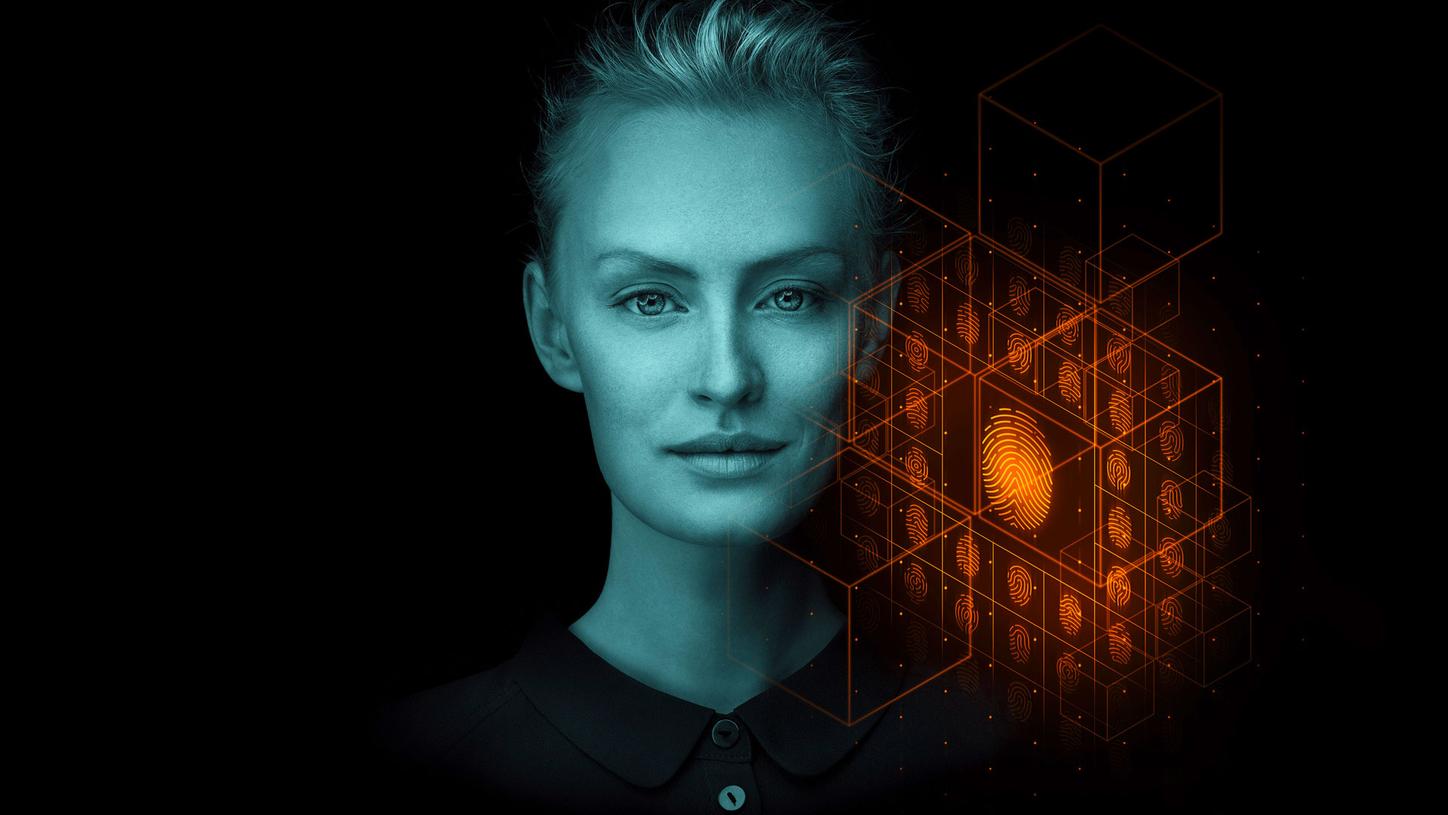MRF1 employs a random acquisition scheme that recognizes patterns by clustering data points with a single scan. Each pattern is unique, a kind of fingerprint. This new approach to MR diagnostics acquires quantitative maps that are measured in physical units, describing the target anatomy numerically instead of visually. Robust, quantitative multi-parametric maps with high reproducibility present absolute values that enable more precise tissue discrimination.
A more accurate understanding of a patient’s condition is the most effective approach to delivering favorable outcomes. Generating and integrating highly-specific and quantitative data lays the groundwork for accurate diagnosis and the right treatment for every patient.
At a glance
- Rapid, robust, and reproducible quantitative T1 and T2 maps
- Easy reading and interpretation of results
- Easily combined with traditional MRI contrasts for comparison studies

It’s about writing the next chapter in MR
Until now, an MR image has been a mixture of weighted tissue properties, provided by sequential, repetitive data-acquisition with fixed parameters. Magnetic Resonance Fingerprinting (MRF) makes it possible to glean quantitative information from scans that enable decisions based on digital tissue data, not visual impressions. The target anatomy can be described numerically instead of visually. MRF efficiently measures multiple tissue properties simultaneously, instead of sequentially as with conventional MRI. Based on reliable, absolute numbers, the resulting data increases the ability to differentiate tissues and creates a more objective understanding of a patient’s condition, and contributes to a more accurate diagnosis.
It’s about information, not images
MRF acquisition is very different from conventional MRI acquisition. MRF employs an innovative pseudo-random variation of scan parameters, such as flip angle (FA), repetition time (TR), echo-time (TE), or readout trajectory to extract multiple quantitative tissue parameters from a single scan. By varying these parameters, tissues create unique signal evolutions of data or “fingerprints,” which reflect the composition of the scanned tissue. MRF utilizes a spiral sampling trajectory that drastically under-samples the acquired data. This results in a fast and efficient acquisition, while preserving the spatial and temporal data integrity of the fingerprint.

Every MRF acquisition sequence has its own Dictionary that is calculated before scanning. The Dictionary is a database of possible unique signal evolutions, or fingerprints, and is at the core of MRF. For example, the three properties, T1, T2, and B1, can lead to a Dictionary with over 700,000 entries. A pattern matching process compares the fingerprints with the Dictionary. When there is a match, the properties of this fingerprint are assigned to a map. This process is repeated sequentially until all fingerprints have a corresponding property, creating a 1:1 map.
The Dictionary can easily expand the number of properties measured. These can be retrieved simultaneously through the pattern matching process. The resolution of the properties within the Dictionary can also be increased to allow for more precise determination of the tissue properties.

It’s about trusting the data
The MRF Analyzer simultaneously analyzes all quantitative data from MRF parameter maps, conventional parameter maps, and anatomical MR data. The dependency between two parameters is visualized by a scatter plot for the analysis of the relationship of measured quantitative MRF parameters (such as T1 or T2 values), and conventional quantitative data (such as ADC values). The plot displays the values of one parameter over a second parameter across all voxels of the measured volume. This represents distinct areas characterizing different tissue types.
Using the back-mapping feature, regions of interest in the scatter plot (representing specific parameter combinations) are projected in morphological images to visualize the localization of the underlying voxels containing the parameter combinations. Conventional contrast data can be included to properly define the localization of brain tissue to be further evaluated.
